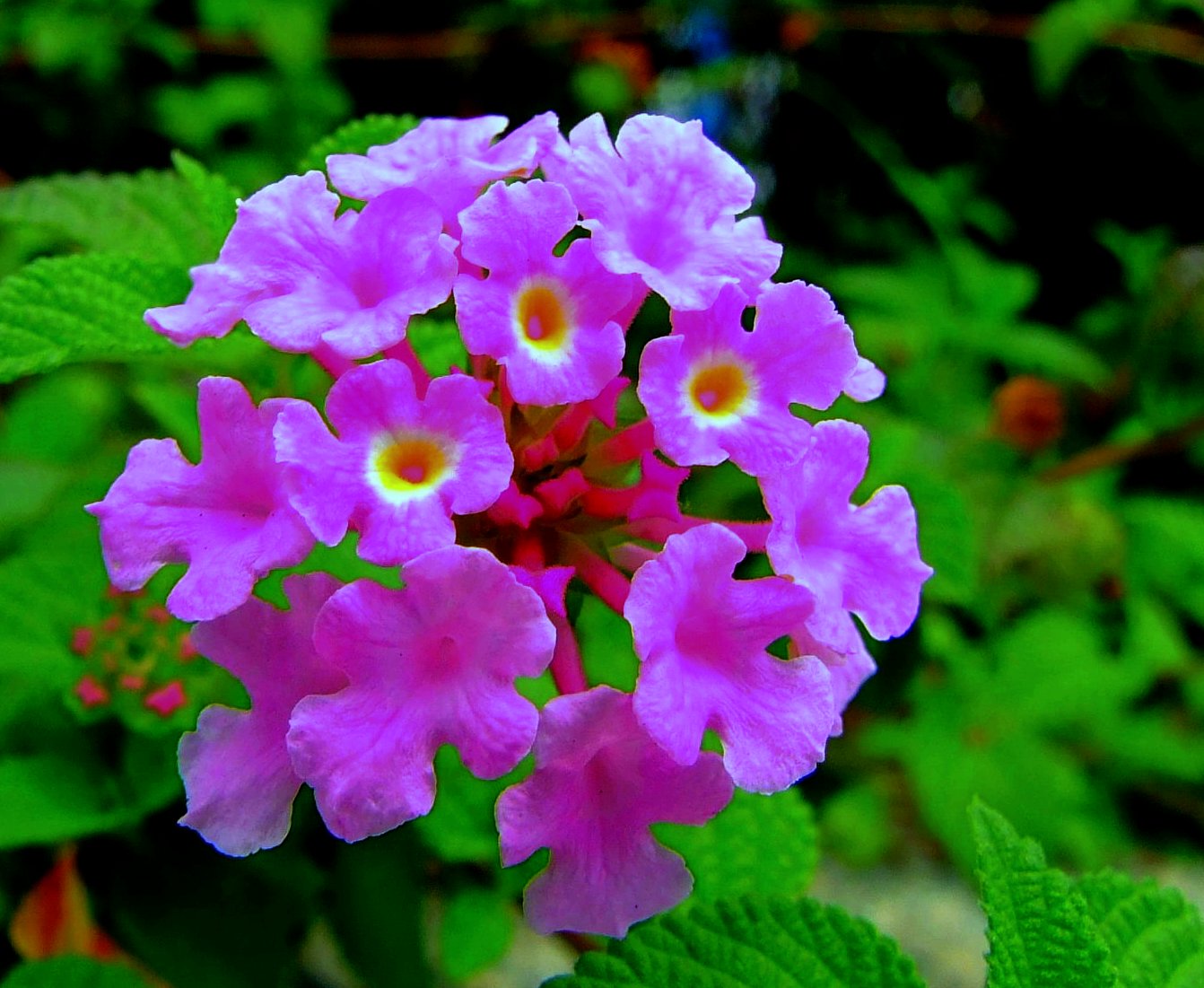
Portal Network Lantana sellowiana
Lantana montevidensis (Spreng.) Briq. APNI* Synonyms: Lantana sellowiana Link & Otto APNI* Description: Decumbent shrub, mostly 0.3 m high, often forming low dense thickets; branches rooting at nodes, scabrous, prickles absent, ± hairy, often glandular on young parts. Leaves with lamina ovate, 0.8-2.5 cm long, 5-16 mm wide; apex ± acute, base ± truncate, margins toothed, upper surface.

Lantana sellowiana (montevidensis) Musante Tasso
Lantana montevidensis. trailing lantana. A spreading, mat-forming evergreen shrub with slender, hairy stems and small toothed leaves. Produces domed flower heads of yellow-centred, pink to purple flowers, on long stalks in summer. Leaves have an unpleasant fragrance when crushed.

Lantana montevidensis Monaco Nature Encyclopedia
This plant was also described as Lippia sellowiana in 1826 and has long been called Lantana sellowiana - this name to honor the German botanist Friedrich Sellow (or Sello) but Lantana montevidensis is considered correct because it is the older name. Other common names include Pole-cat Geranium, Weeping Lantana and Wild Verbena.
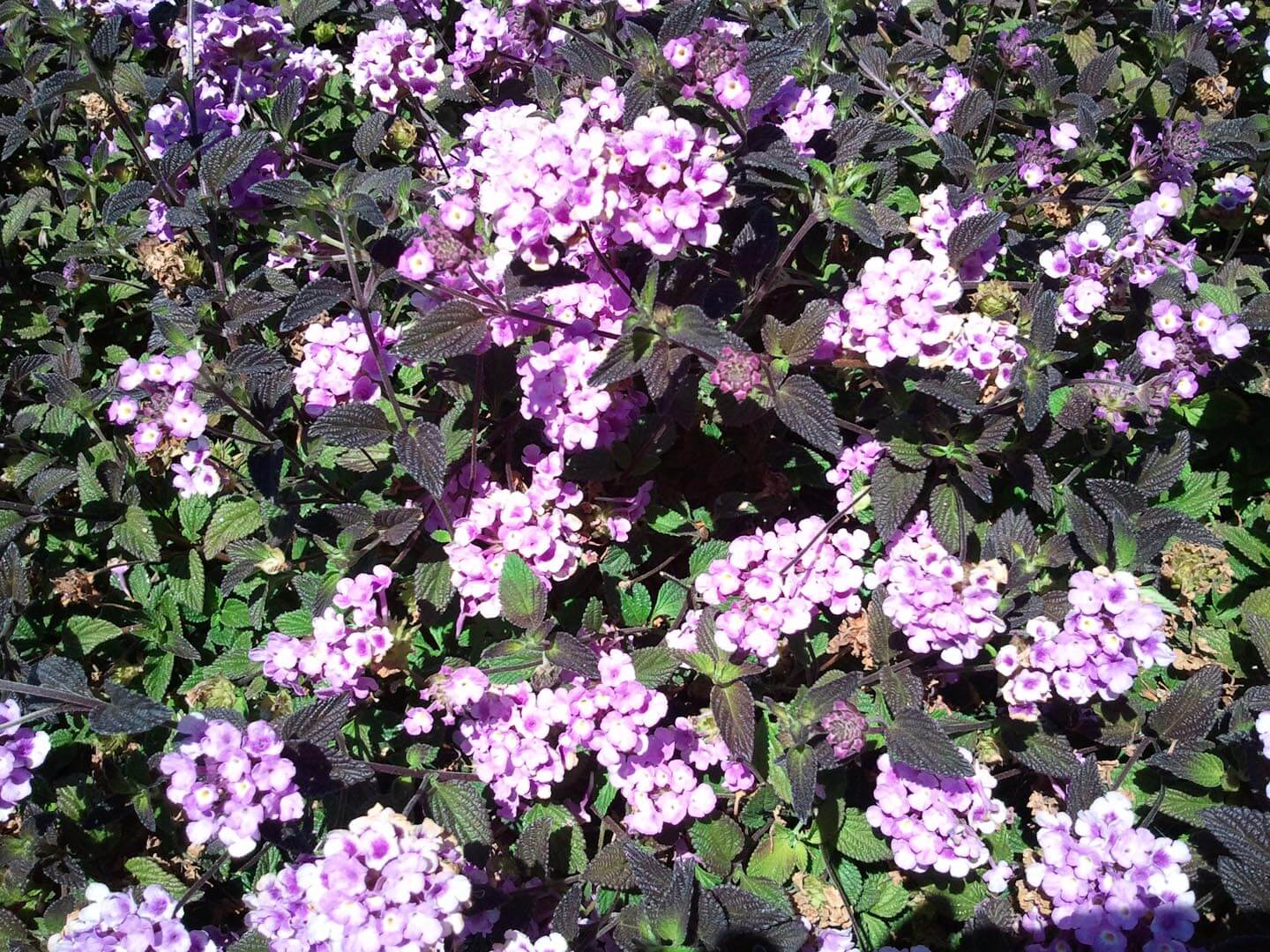
Lantana montevidensis (sellowiana) Boething Treeland Farms
Large-scale production of vegetables and fruit in Spain with intensive plastic consumption in its greenhouse industry is believed to have leaked microplastic contaminants since the 1970s into the.
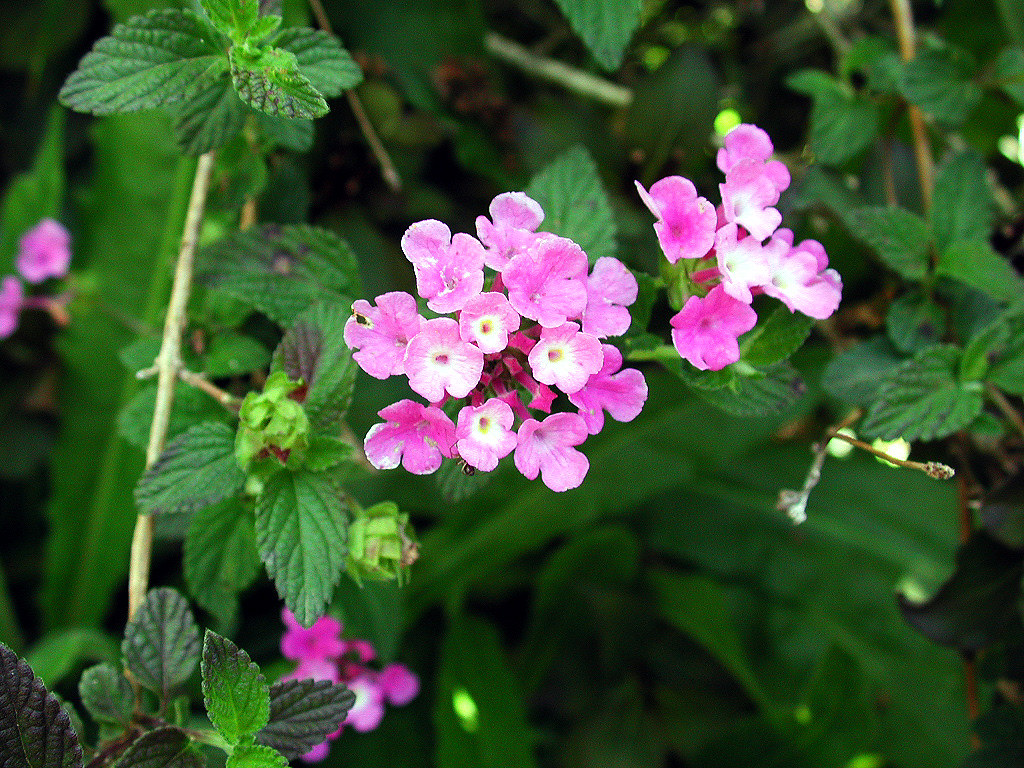
Lantana montevidensis (Spreng) Briq. 1904 (VERBENACEAE). Flickr
Lantana montevidensis is a vine or shrub that is not native to California. Plant Range. Observation Search (64 records) Plant Characteristics. D J J J A S O N A F M M. Bloom Period. Lantana sellowiana: PLANTS: Lippia montevidensis: Information about Lantana montevidensis from other sources Jepson eFlora. USDA PLANTS Profile (LAMO2)

lantana montevidensis purple Google Search Low water plants
L. montevidensis is a half-hardy, mat-forming to spreading, evergreen shrub with slender, flexible, hairy stems bearing aromatic, slightly hairy, oblong to lance-shaped, toothed, dark green leaves and, in summer, domed, violet to lilac-pink flower heads with yellow eyes.

Lantana montevidensis
Lantana montevidensis is a suffrutex or small low growing shrub, sometimes climbing, with stems, often creeping stems, with hairs and glands.. It has decussate, green, opposite or dull leaves, with petioles about 4 mm long and lamellae of varying sizes, with coarsely toothed margin, ovate to resinous lanceolate, usually wrinkled or scabrous on the upper pagina, pubescent in the lower pagina.
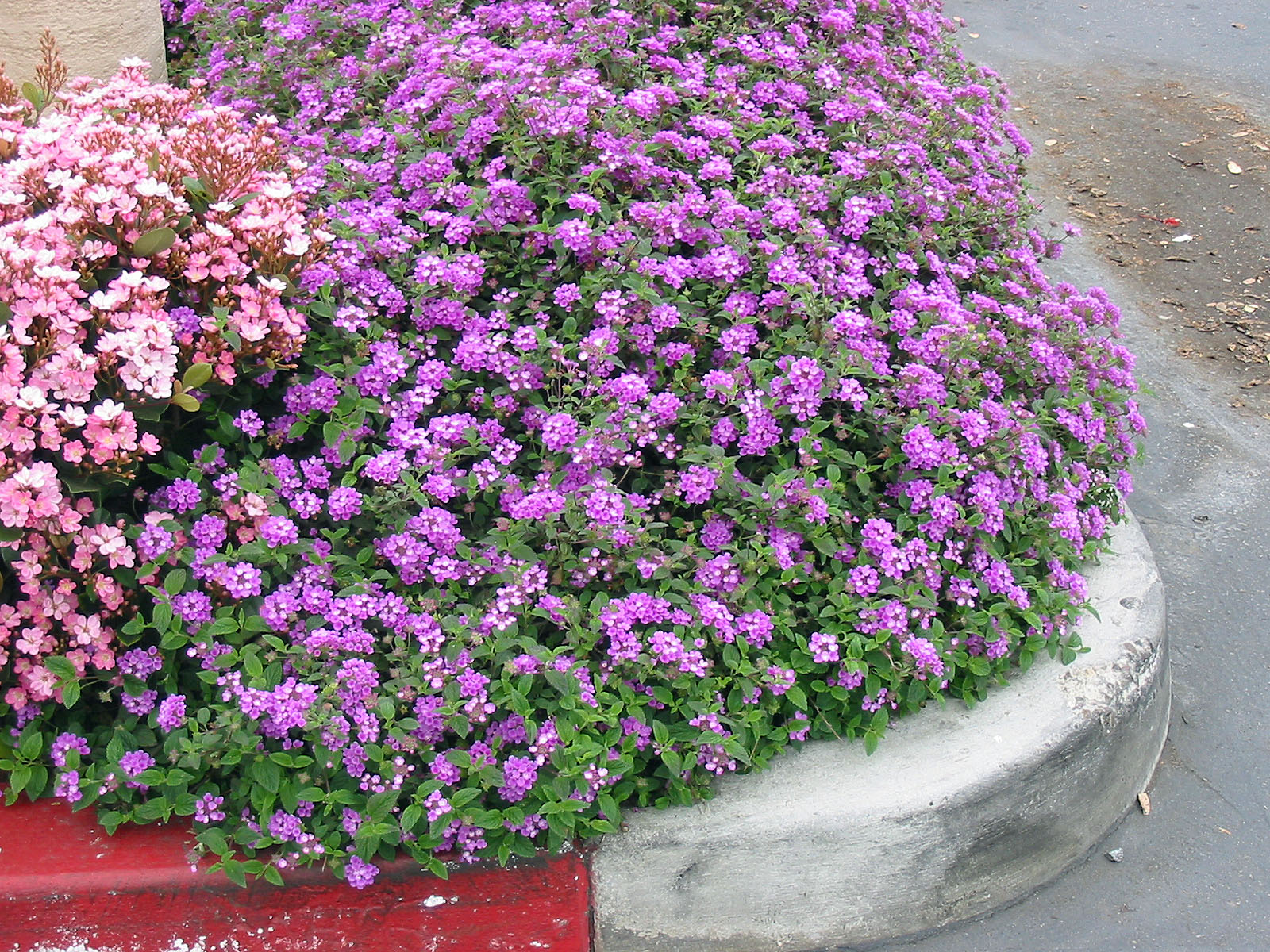
Λαντάνα Έρπουσα
It's best to take cuttings when plants actively grow in the spring and summer. Use a sharp and sanitized pair of pruning shears to take a stem cutting. The goal is to obtain six to eight inches of the end of a stem. Remove any leaves on the bottom four inches of the stem. Dip the end of the stem in a rooting hormone.

Lantana sellowiana Vivero Pullally
Lantana montevidensis is a small strongly scented flowering low shrub with oval-shaped green leaves. With support it has a climbing ' vine ' form, when on edge a trailing form, and on the flat a groundcover form. The inflorescence is a circular head of several purple to lavender to white funnel-shaped flowers with lobed corollas each nearly a.

Lantana montevidensis is a species of lantana known by many common
Lantana sellowiana is also known as L. montevidensis, named because it is native to the hills surrounding Uruguay capital city of Montevideo.. Lantana species have been cultivated for nearly 300 years, and lore tells us it has been used for centuries longer in folk medicines; poultices for snake bites and sprains, and elixirs to treat.
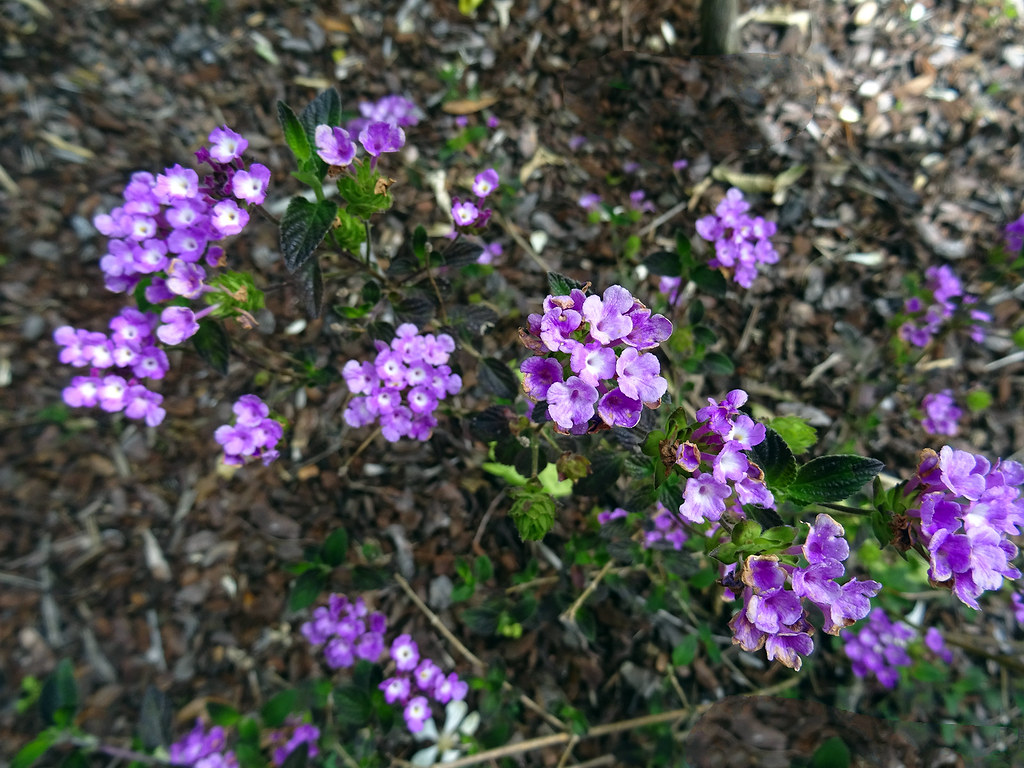
Lantana montevidensis (Spreng) Briq. 1904 (VERBENACEAE). Flickr
Noteworthy Characteristics. Lantana montevidensis, commonly called trailing lantana or weeping lantana, is native to tropical areas of South America. In frost free areas, it grows as a low, trailing, woody shrub to only 12-20" tall, but spreads by vine-like stems to 5' wide or more. It is typically grown as a dense ground cover.

Lantana sellowiana (o montevidensis) lilla » Vivaio 98.3
Lantana sellowiana is also known as L. montevidensis, named because it is native to the hills surrounding Uruguay capital city of Montevideo.. Lantana species have been cultivated for nearly 300 years, and lore tells us it has been used for centuries longer in folk medicines; poultices for snake bites and sprains, and elixirs to treat.
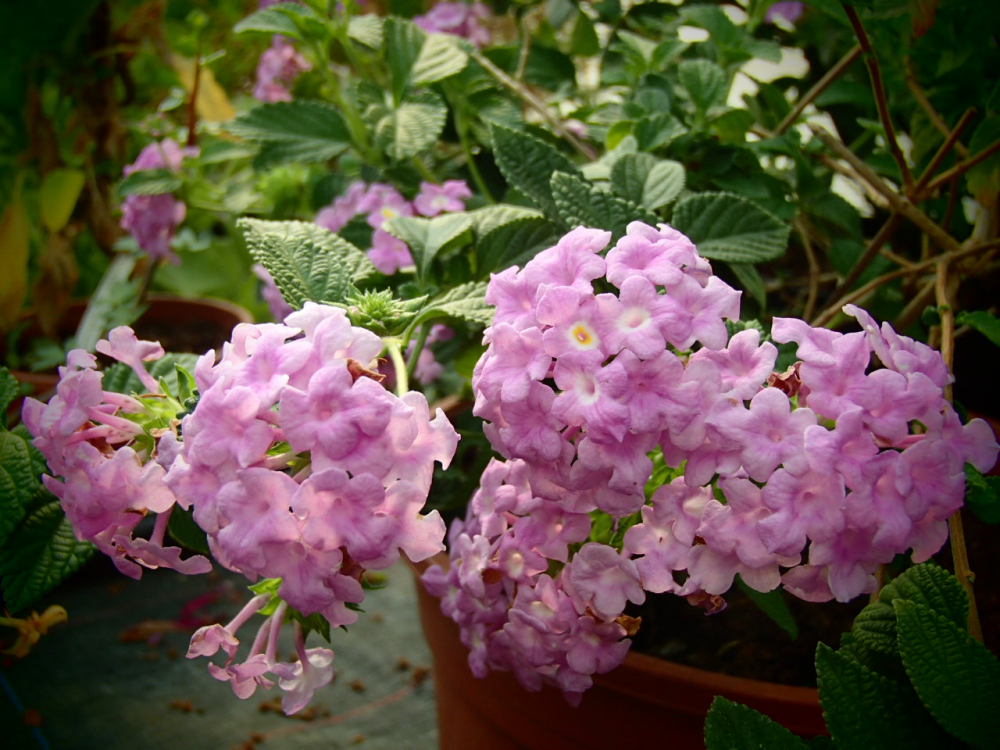
Raritäten Gärtnerei Garten Jan Wandelröschen Lantana
Lantana montevidensis, commonly called trailing lantana or weeping lantana, is native to tropical areas of South America. In frost free areas, it grows as a low, trailing, woody shrub to only 12-20″ tall, but spreads by vine-like stems to 5′ wide or more. It is typically grown as a dense ground cover.

Lantana montevidensis
Trailing Lantana (Lantana montevidensis): Named for the capital of Uruguay (and also known as L. sellowiana), this trailing type grows to a height of 2 feet with 1- to 1 ½-inch clusters of.

Lantana SELLOWIANA = MONTEVIDENSIS
Lantana sellowiana is also known as L. montevidensis, named because it is native to the hills surrounding Uruguay capital city of Montevideo.. Lantana species have been cultivated for nearly 300 years, and lore tells us it has been used for centuries longer in folk medicines; poultices for snake bites and sprains, and elixirs to treat.

Lantana montevidensis (L. sellowiana) Purple Trailing Lantana (With
In cooler areas, Lantana montevidensis is grown as an annual, with flowers blooming from spring to fall. They attract butterflies and bees. This Lantana is a tough, resilient plant valued for its long season of reliable blooms. Grows up to 12-18 in. high (30-45 cm) and 3-5 ft. long (90-150 cm). Easily grown in average, medium moisture, well.